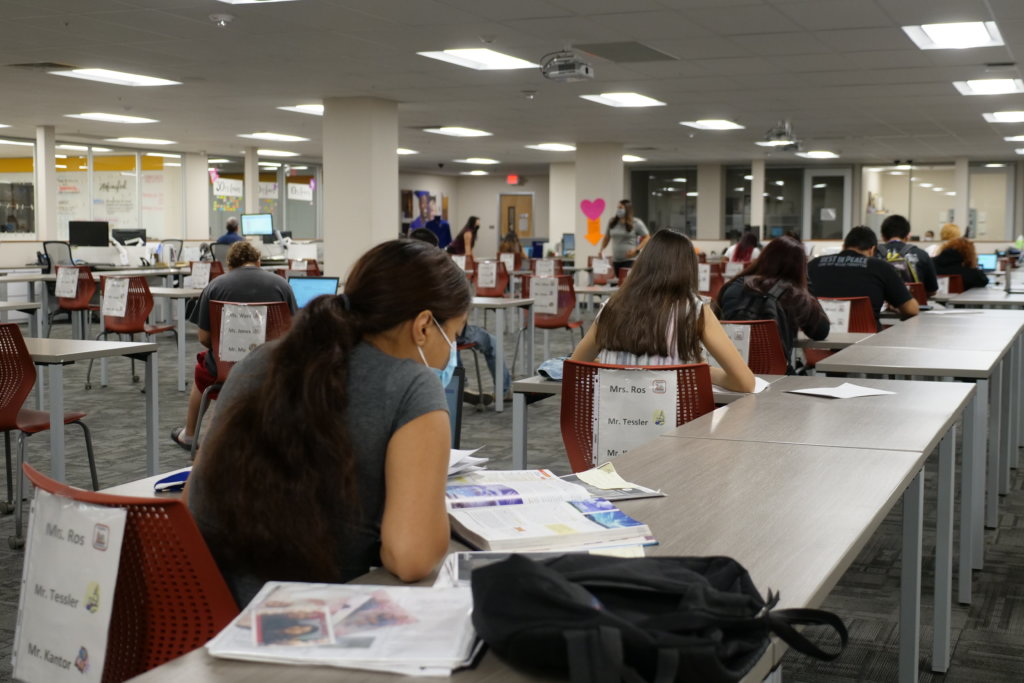
High absenteeism and failing grades have plagued high schools during the past 10 months of distance learning, yet many school districts are in denial that education needs to change.
“Public schools have chosen to either fail students or simply pass them through to the next grade,” points out Dr. Caprice Young, national superintendent for Learn4Life. “Both responses fail to acknowledge that no one is at fault for the crises we are experiencing. Flunking students who either lack the technology or the ability to learn while attending hours of online classes isn’t fair. Those students didn’t fail their classes. The situation was simply untenable.”
On the other hand, providing passing grades when the learning didn’t take place robs students of the opportunity to learn the material, she points out. Simply moving students along to the next grade or more difficult subject, sets up students for future failure.
Click to Tweet: There have been many failures during the pandemic, but students aren’t one of them. Give them a chance to do over and master their subjects, instead of advancing them unprepared. #Learn4LifeSchools #BuildBackBetter #oneononeinstruction #personalizedlearning
Many teens are bored and struggling with remote learning. Teachers are video lecturing to kids who are likely reading at different grade levels, with varying attention spans, special needs or English language challenges. The traditional high school model, of five or six courses with 25-40 students in each class is difficult to translate to remote learning.
“We recognize that every student learns at a different pace and responds better to various teaching methods,” Dr. Young explained. “Some students learn best in small groups, others with one-on-one tutoring or through experimentation. Others thrive in a classroom model or independently. We assess our students’ learning needs and let them progress faster with courses they easily master and spend more time on subjects that are challenging for them.”
Learn4Life is a network of 80+ public high schools that focus on at-risk students who are behind in credits or who had dropped out. Most are low income, minority and have adult responsibilities like caring for a child or working, which prevents them from succeeding in traditional school. Flexibility is the cornerstone of how Learn4Life’s personalized learning model is structured. Students are the masters of their own time management and schedules with guidance from teachers. There is a mix of small group instruction, larger labs and one-on-one learning depending on what the student needs for a particular subject area.
With school closures, students continued their meetings with teachers and tutors virtually. Students have access to remote one-on-one instruction and group labs, tutoring and counseling, and special ed IEP meetings. Hot spots and devices are offered to students who need them.
Dr. Young is an advocate of students receiving a no-fault, “incomplete” grades, rather than being failed. It is like incomplete grades given to college students when they miss a significant amount of coursework due to a severe illness, for example. Students can be given time to complete their coursework either concurrently with other courses or during the summer.
“For K-12 students, this would mean that students who were lost, either physically or via attention and mental health issues, would be allowed to have a ‘do over’ or ‘catch up’ time. In some cases, they should be given one-on-one attention for this learning.”
Read more about Dr. Young’s strategies to increase the effectiveness of remote learning during the pandemic.
